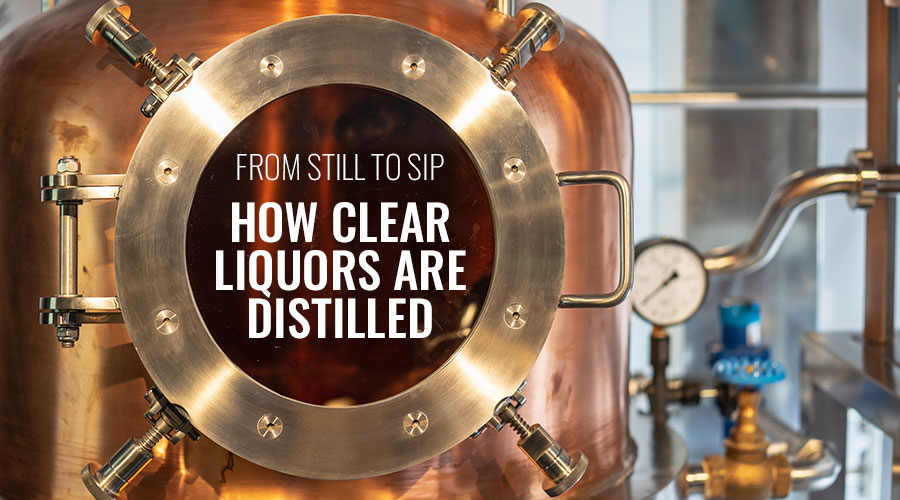Spec’s stocks some spectacular sake – and shows that there’s much more to this Japan-based beverage than an unusual bottle. We previously provided an intro to sake, but for further facts, here’s more on this delicious rice-based beverage.
The process of sake production is simple. The rice is washed and steamed, then mixed with yeast and a mold known as “koji.” (See our introductory sake post for more on koji.)This mix is allowed to ferment while adding more rice, water, yeast, and koji over the next three days. The mash is allowed to rest for anywhere from 18 to 32 days; it is then pressed and filtered. At this point, brewer’s alcohol may be added, either to extract flavors from premium sake, or to increase volume in lower-cost sake.
There are two different sake designations in general. Futsu-shu is “normal sake.” This designation is the equivalent of table wine, and it is 80% of all sake production. There are several producers of quality futsu-shu, so there’s no need to shy away from this designation.
For those looking to take your sake sampling to the next level, you can try special-designation sake, known as tokutei meishoshu. Special-designation sake is available in several different varieties according to how much bran is polished from the special rice that is used in sake production. Since sake rice with more exposed starch produces superior flavor, it is polished to expose the starchy part of the grain.
Some of these designations are broken down further to designate whether or not additional alcohol was added during production. Here’s a list of those designations and breakdowns:
Junmai-shu sake is pure sake, to which no distilled alcohol has been added.
Honjozo-shu, has had 30% of the rice polished away.
Ginjo-shu has had at least 40% of the rice polished away. If the sake is labeled “Ginjo” on the bottle, then alcohol was added. If the sake is labeled “Junmai-Ginjo” then no alcohol was added.
Daiginjo-shu has at least 50% of the rice polished away. Similar to the previous designation, the “Daiginjo” label means that it has alcohol added, while “Junmai Daiginjo” is an indicator of no added alcohol.
Namazake is the designation for unpasturized sake, which can be found in all four styles.
Ginjo and other premium sake should be served slightly chilled. Junmai, which is fuller-bodied, is best served with a slight chill or at room temperature. If you choose to warm sake, it should be at about 100-104 degrees – just above normal body temperature.
Sake is also available in different fruit flavors commonly used throughout Japan – for example, Fuji Apple, Lychee, or Raspberry sakes are available.
If you’re just beginning to explore sake selection, or want to taste more of this rice-based beverage, Spec’s stocks something for you!
Submitted by: Leonel Hurtado, Store #198 in Brownsville, TX




